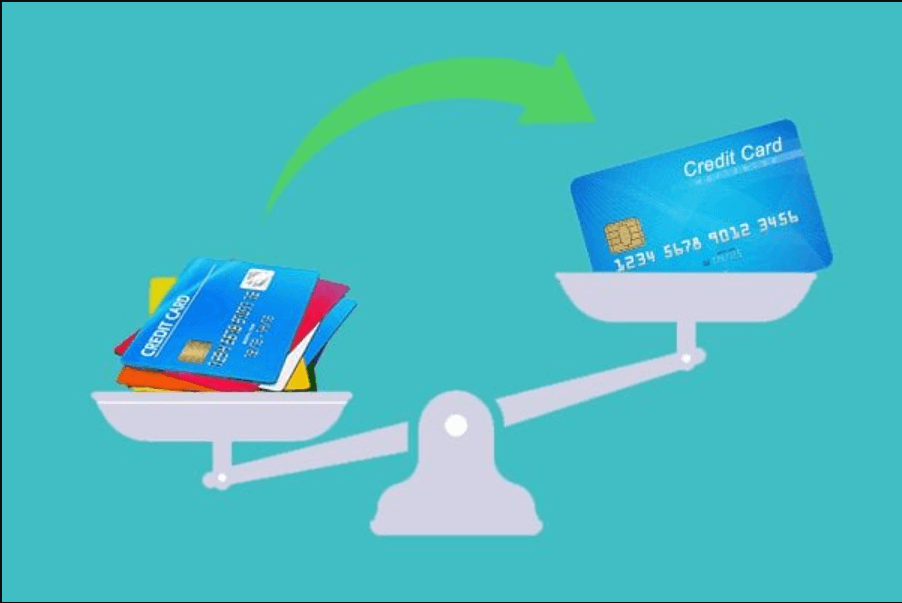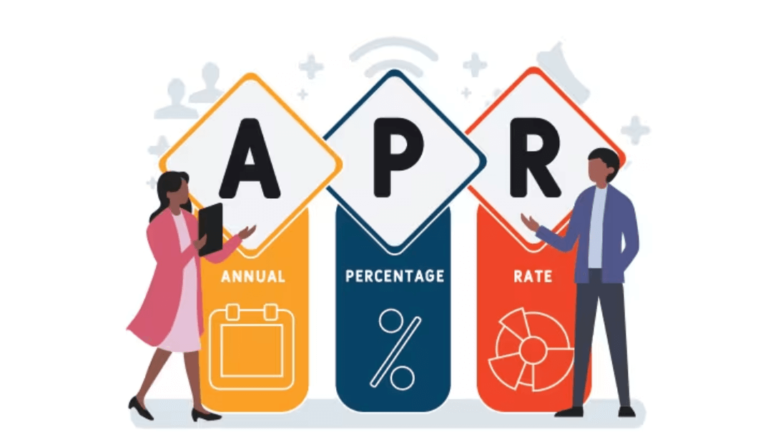What is a Balance Transfer Fee on a Credit Card
In the world of credit cards, there’s a term that often leaves cardholders scratching their heads: balance transfer fees. What exactly are these fees, and why should you care about them? This article will delve into the nitty-gritty of what is a balance transfer fee on a credit card, demystifying this financial concept and helping you make informed decisions about your credit.
What Is a Balance Transfer Fee?
A balance transfer fee is a cost associated with moving an existing credit card balance from one card to another, typically with the goal of obtaining a lower interest rate. It’s essential to understand that balance transfer fees are not uniform; they can vary significantly between credit card issuers. These fees are usually expressed as a percentage of the total balance you’re transferring.
The Mechanics of Balance Transfer Fees
To grasp the concept better, let’s break down the mechanics of balance transfer fees into a few key points:
1. Percentage-Based Fees
Most credit card companies charge a balance transfer fee that ranges from 3% to 5% of the amount you’re transferring. For example, if you’re transferring a $5,000 balance to a new card with a 3% fee, you’ll be charged $150.
2. Fixed Fees
Some credit card issuers may impose a fixed fee for balance transfers, typically ranging from $5 to $10. While this may seem like a better deal for larger balances, percentage-based fees can be more cost-effective.
3. Promotional Periods
Many credit cards offer promotional periods during which they waive the balance transfer fee. This can be an excellent opportunity to save on transferring your balance.
Why Do Credit Card Companies Charge Balance Transfer Fees?
Now that we’ve covered the basics, you might be wondering why credit card companies charge these fees in the first place. Here are some reasons:
1. Revenue Generation
Balance transfer fees are a source of revenue for credit card companies. They help offset the potential loss of interest when cardholders transfer balances to cards with lower rates.
2. Risk Mitigation
Credit card companies assess risk when approving balance transfers. The fees act as a buffer against customers who might default on their new card.
3. Administrative Costs
Administrative costs are associated with processing balance transfers, including verifying the balances and coordinating with other card issuers. These fees help cover those expenses.
How to Minimize Balance Transfer Fees
Now that you understand the ins and outs of balance transfer fees, let’s explore some strategies to minimize them:
1. Look for Promotions
As mentioned earlier, some credit cards offer promotional periods during which they waive the balance transfer fee.
2. Negotiate with Your Card Issuer
If you’re a loyal customer with a good payment history, try negotiating with your current card issuer. They might be willing to reduce or waive the fee to keep your business.
3. Calculate the Cost-Benefit
Before making a balance transfer, calculate whether the savings on interest charges outweigh the cost of the fee. Sometimes it’s better to stick with your current card. Read more…
Conclusion
In conclusion, what is a balance transfer fee on a credit card are integral to managing. Understanding how they work and why they exist is crucial for making informed financial decisions. When considering a balance transfer, weigh the benefits against the fees, and explore promotional offers that can save you money.
FAQs
1. Are balance transfer fees always a percentage of the transferred amount?
No, some credit card companies may charge a fixed fee instead, so it’s essential to read the terms carefully.
2. Can I negotiate the balance transfer fee with my new card issuer?
While it’s less common, some card issuers may be open to negotiation, especially if you have a strong credit history.
3. Are there credit cards with no balance transfer fees?
Some credit cards do not charge balance transfer fees, but they may have other terms and conditions to consider.
4. What’s the best strategy for minimizing balance transfer fees?
Look for promotional offers, negotiate when possible, and carefully evaluate the overall cost-benefit before transferring.







